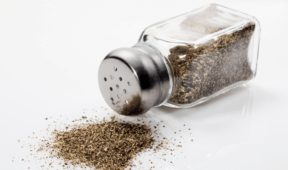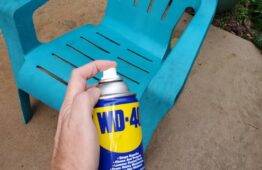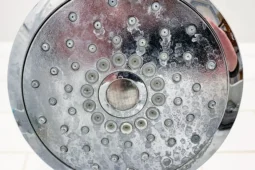This Is the Most Efficient Way to Mow the Grass
Mowing the lawn may seem like a straightforward task, but there’s a method that can save you time and effort while achieving a cleaner cut. By following the most efficient mowing techniques, you’ll not only make the job easier but also improve the health of your lawn. Here’s how to mow smarter, not harder.
1. Start with a Plan
Before you even pull the starter cord, plan your mowing pattern. The most efficient method is the “stripe method,” where you mow in straight rows back and forth. This minimizes overlap, reduces missed spots, and prevents you from doubling back over the same area.
If your yard is oddly shaped or has obstacles, break it into smaller sections and tackle one at a time. Planning your path saves time and ensures you’re not wasting energy mowing the same patch twice.
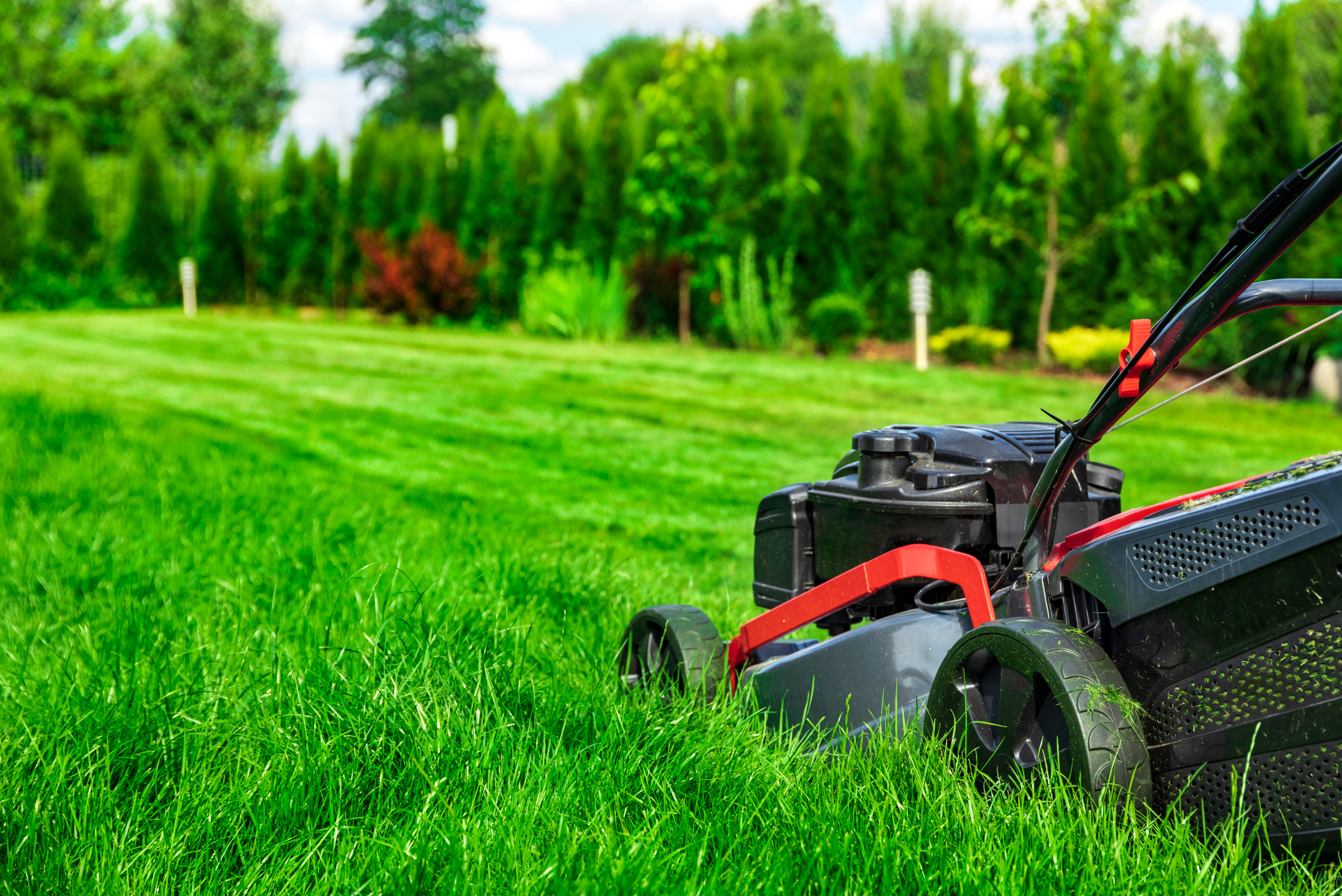
2. Mow When Conditions Are Right
Timing is everything when it comes to mowing efficiently. Aim to mow when your grass is dry but not overly parched, which is typically in the late morning or early evening. Wet grass clumps together, clogging your mower and slowing you down. On the other hand, mowing in extreme heat can stress your lawn and dull your mower’s blades faster.
Choosing the right conditions means fewer stops to clear clogged blades, plus a cleaner cut that benefits your lawn’s health.
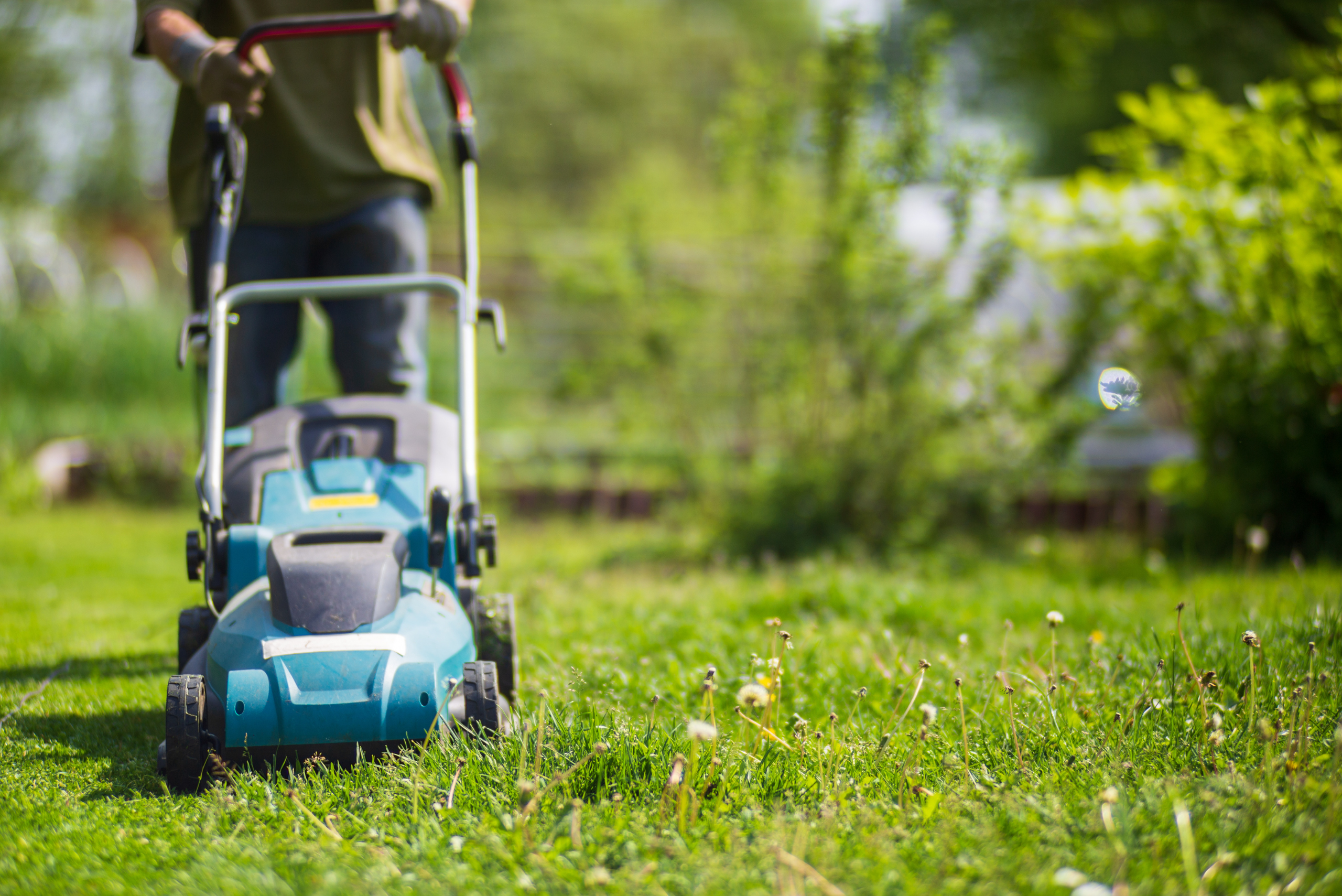
3. Keep Your Blades Sharp
Dull mower blades tear the grass instead of cutting it cleanly, forcing you to make extra passes. Sharpen your mower blades at least once a season to ensure efficient mowing. If your lawn is large or you mow frequently, sharpening every six to eight weeks is ideal.
Sharp blades improve efficiency by requiring fewer passes and result in cleaner cuts that keep your grass healthier and more resistant to pests and disease.

4. Don’t Cut Too Short
Cutting your grass too low may seem like a shortcut, but it often backfires. Scalping your lawn weakens the roots, making it more prone to weeds and drought. Instead, mow your grass to the recommended height for your grass type, typically 2.5 to 3 inches for most varieties.
Taller grass shades the soil, reducing evaporation and limiting weed growth. Keeping your mower set higher ultimately means healthier grass and less maintenance in the long run.

5. Bagging vs. Mulching
Mulching your grass clippings can save you both time and effort. Instead of bagging and disposing of clippings, mulch them back into the lawn to provide natural nutrients. Modern mowers often have a mulching feature that finely chops clippings and redistributes them evenly.
If your grass is overgrown or damp, bagging may still be necessary to prevent clumps. However, mulching regularly can reduce the need for additional fertilizers and speed up your mowing routine.
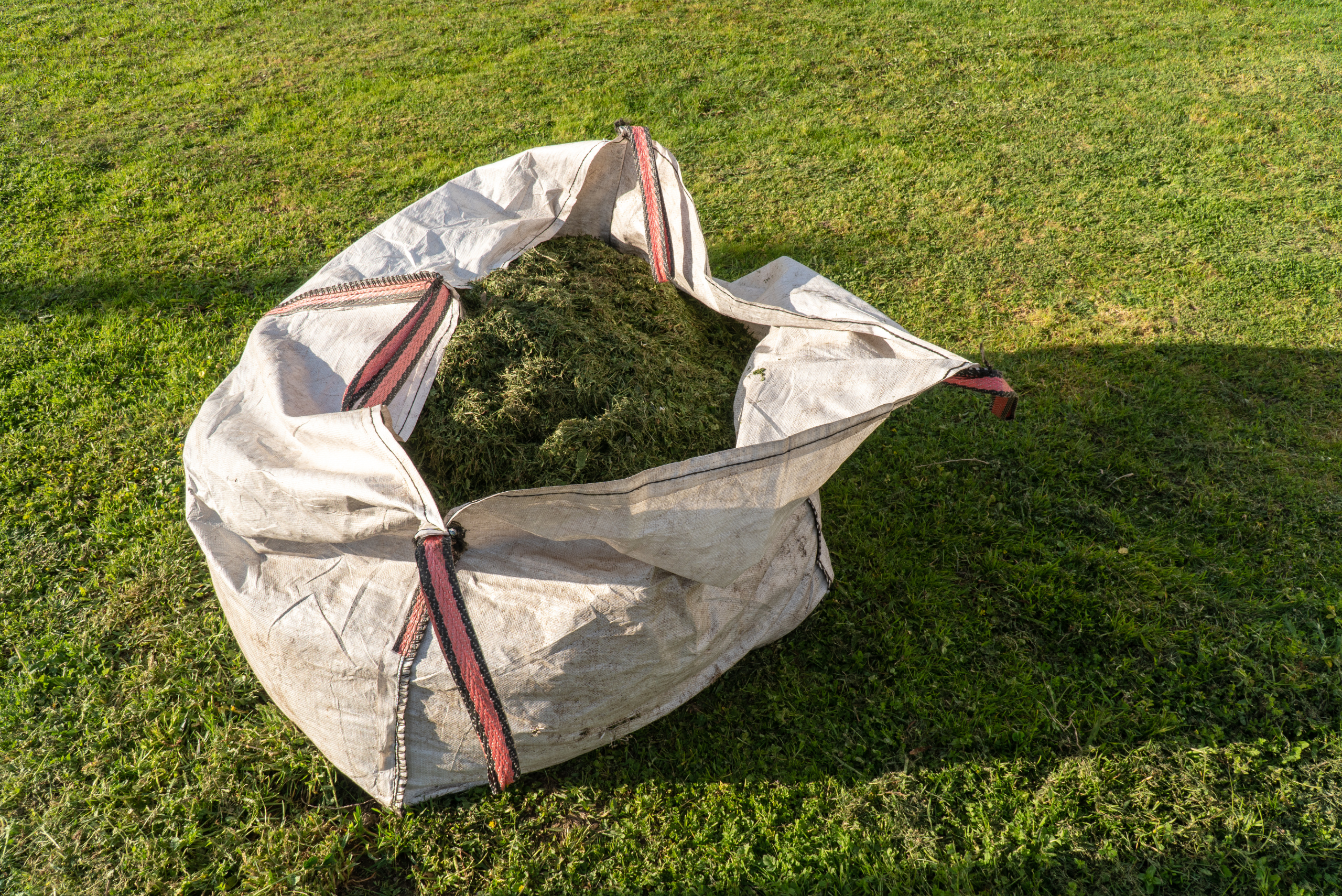
Related Articles
- How to Start a Lawn Mower That’s Hard to Start
- Step-by-Step Guide for How to Sharpen Lawn Mower Blades
- How to Replant or Fix Your Lawn’s Bare Spots
Mowing efficiently is all about working smarter, not harder. By planning your pattern, mowing in ideal conditions, and maintaining sharp blades, you can keep your lawn looking great with less effort. Combine these steps with proper mowing height and mulching for a healthier lawn that thrives throughout the season. With these simple adjustments, you’ll spend less time mowing and more time enjoying your beautiful yard.





